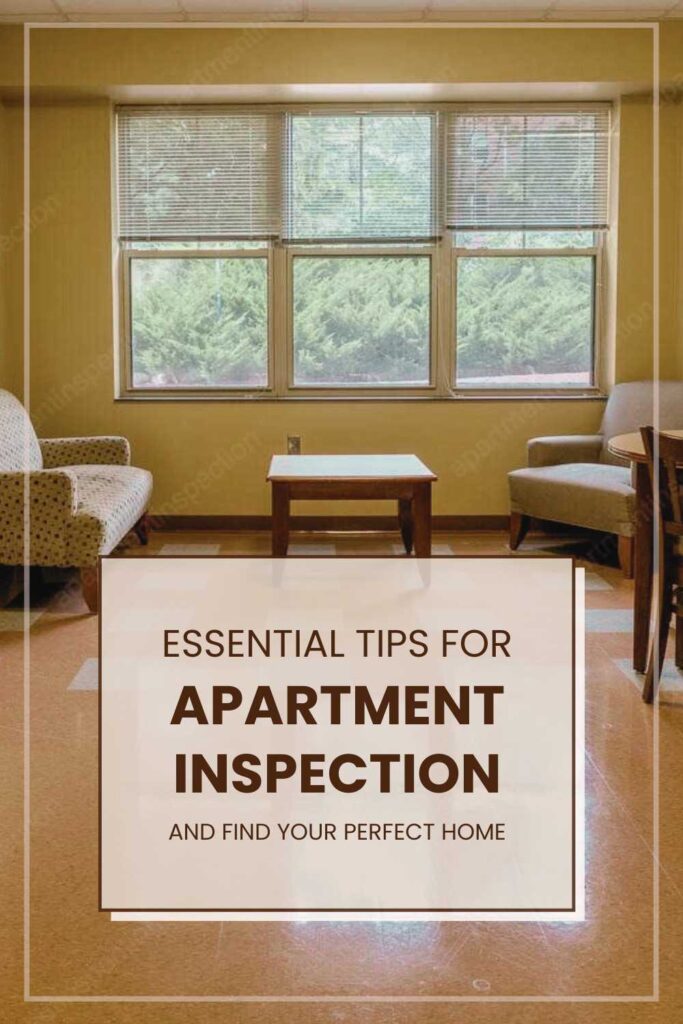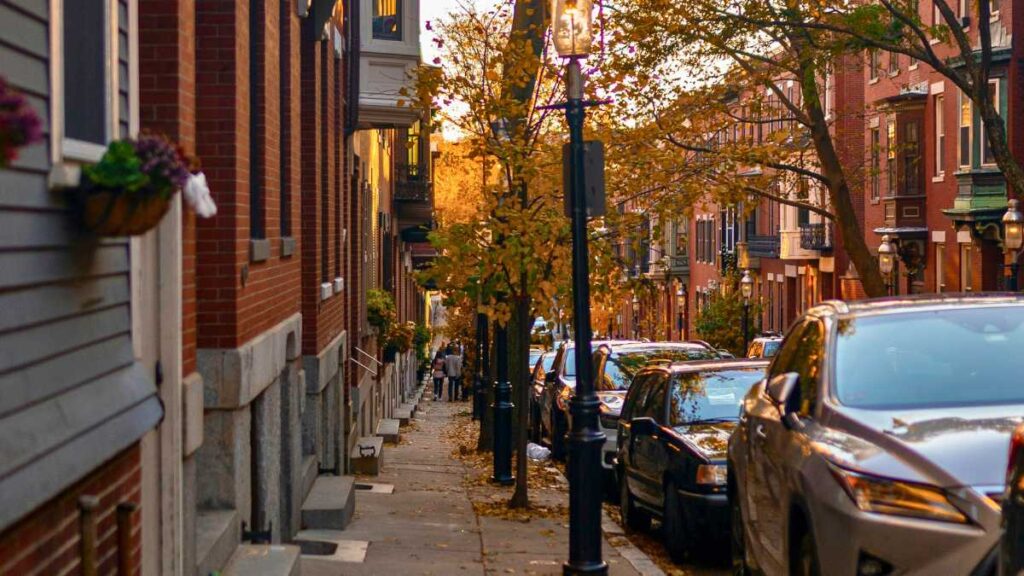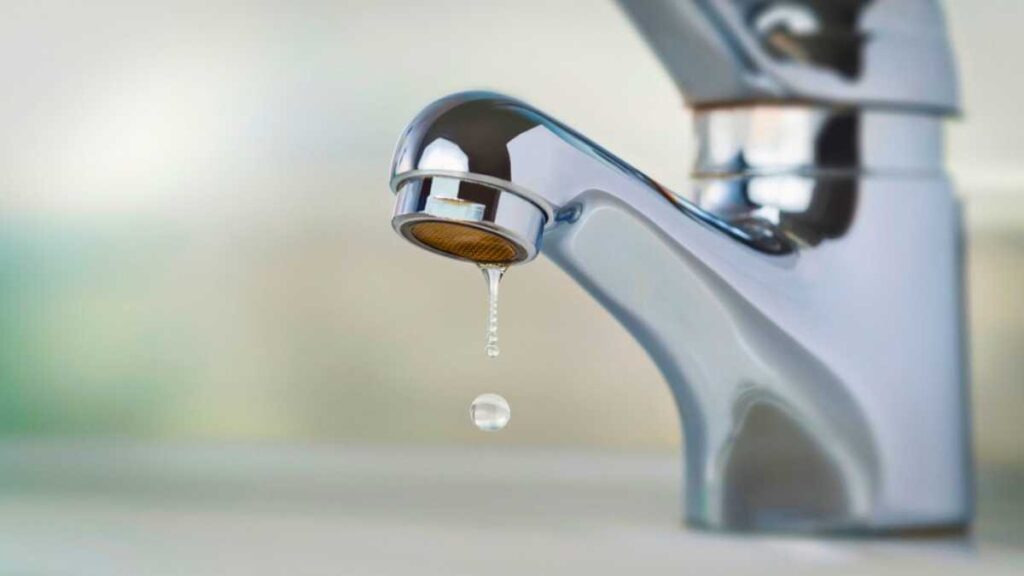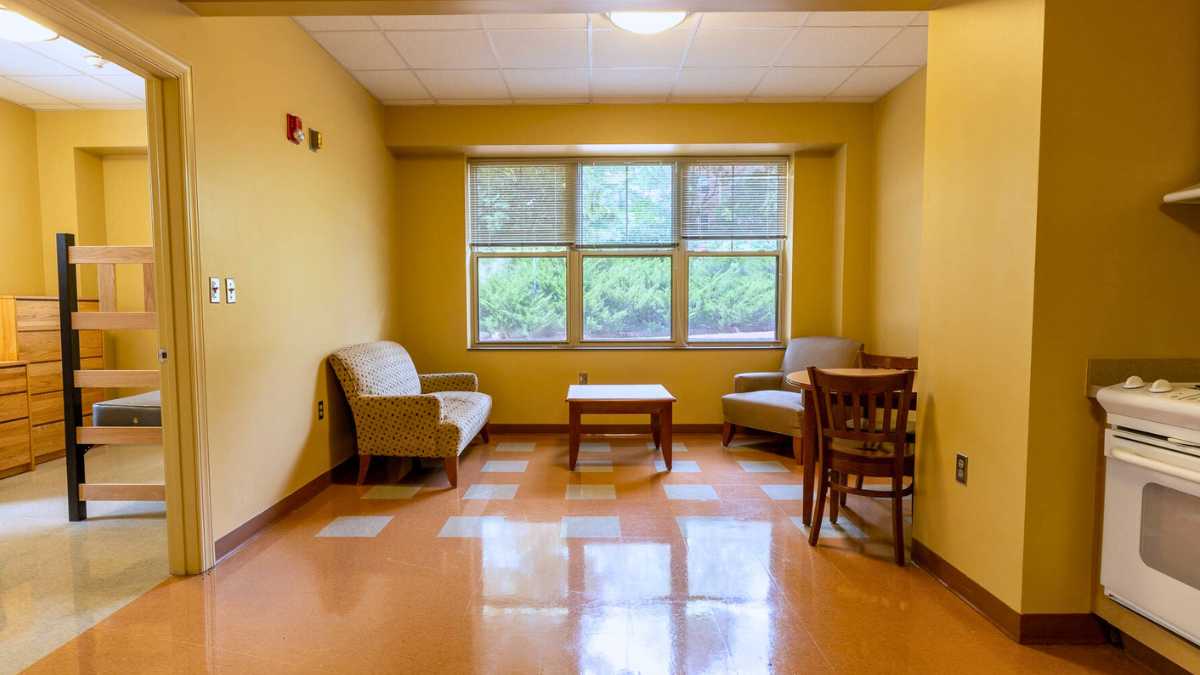Apartment hunting can be like auditioning for your favorite reality show—you’re trying to impress while also hoping that your pick won’t flop. Whether you’re hunting for your first place or you’re an old pro, there’s always something new to learn when viewing an apartment. After all, you’re not just looking for four walls and a ceiling; you’re hunting for a home that fits your vibe.
With so much riding on your decision, it’s essential to approach each apartment tour with a sharp eye and the right questions in hand. Here’s your ultimate guide to viewing an apartment like a boss.

Table of Contents
Steps To Take When Viewing An Apartment
Step 1: Prep Like a Pro
Before you even step foot into an apartment, do your homework. This isn’t just about finding out where the nearest coffee shop is (although, let’s be real, that’s vital). Research the neighborhood, check public transit options, and explore local amenities.
Jot down your must-haves—things like in-unit laundry, decent natural light, or enough closet space to house your sneaker collection. On the flip side, list your deal-breakers, like zero parking options or sketchy building security.
Armed with this checklist, you’ll be less likely to be swayed by an Instagrammable kitchen and more focused on whether the space actually works for you.
Step 2: First Impressions—They Matter

When you arrive for your apartment tour, take a beat to size up the building and the neighborhood. Is the exterior well-maintained, or does it look like it’s seen better days? Pay attention to details—Are the streets clean? Is there enough lighting at night?
The goal here is to gauge safety and overall vibe. A cute apartment won’t mean much if you’re nervous walking home after dark. Trust your instincts; if the place gives you major “Don’t Go In There!” horror movie vibes, it’s probably not the one.
Step 3: The Nitty-Gritty of Apartment Inspection
Once inside, it’s time for the apartment inspection. Start with the layout and space—are the rooms large enough, or will you be playing Tetris with your furniture? Think about the flow of the apartment and whether it fits your lifestyle. Here’s a checklist of crucial things to inspect:
- Layout and Space: Ensure the rooms are functional and accommodate your furniture and needs.
- Walls and Ceilings: Look for cracks, water stains, or peeling paint—signs of potential structural issues or leaks.
- Floors: Check for uneven surfaces, creaky spots, or damaged flooring, which may need repair or replacement.
- Windows and Doors: Open and close all windows and doors to ensure they function properly, lock securely, and provide good insulation.
- Lighting and Ventilation: Confirm that all light fixtures work and note the availability of natural light. Test airflow by opening windows.
- Plumbing: Turn on taps, check water pressure, and inspect under sinks for leaks or signs of mold.
- Electrical Outlets: Test outlets for functionality—bring a phone charger to ensure they work.
- Kitchen Appliances: Inspect the condition of the stove, oven, refrigerator, and dishwasher. Are they clean and in good working order?
- Bathroom Fixtures: Flush the toilet, check for consistent hot water, and ensure proper drainage in the sink and shower.
- Storage: Evaluate closet space and storage options. Will they meet your needs, or will you need additional furniture?
By using this checklist during your apartment inspection, you’ll catch any red flags before they become costly surprises down the line.
Step 4: Ask the Right Questions
During your apartment tour, the landlord or agent might give you the sales pitch, but it’s your job to dig deeper. Here’s a checklist of essential questions to ask:
- Rent Details:
- What is the monthly rent, and when is it due?
- Are there any rent increases during the lease term? If so, how often and by how much?
- What are the penalties for late rent payments?
- Lease Terms:
- What is the length of the lease?
- Is there an option to renew, and under what conditions?
- What is the policy for breaking the lease early?
- Utilities and Services:
- Which utilities are included in the rent (e.g., water, gas, electricity)?
- Are there any additional fees for trash collection, pest control, or other services?
- What’s the average cost of utilities not included?
- Maintenance and Repairs:
- Who is responsible for maintenance and repairs?
- How do you submit a maintenance request, and what is the typical response time?
- Are there regular inspections or upkeep of common areas?
- Amenities and Extras:
- Are there shared amenities, like a gym, laundry room, or parking? What are the associated fees?
- What is the guest policy?
- Are there any restrictions or quiet hours?
- Pet Policy:
- Are pets allowed, and if so, what breeds or sizes?
- What is the pet deposit or monthly pet fee?
- Are there any nearby pet-friendly parks or amenities?
Knowledge is power, so don’t be shy about getting the answers you need.
Step 5: Spot the Red Flags

Even if everything looks picture-perfect, there might be some underlying issues. Here’s a checklist of potential red flags to watch out for:
- Unresponsive Landlord or Property Manager:
- Is the landlord difficult to reach or vague in their communication?
- Are there delays in responding to your initial inquiries?
- Have they provided all necessary documents or answered your questions clearly?
- Hidden Costs:
- Are there any unexpected fees not mentioned upfront, such as application fees, parking charges, or move-in costs?
- Does the lease include any ambiguous terms regarding rent increases or additional charges?
- Poor Maintenance:
- Are there visible signs of neglect, like broken fixtures, peeling paint, or overgrown landscaping?
- Are the common areas clean and well-maintained?
- Have current tenants mentioned frequent issues or delays with repairs?
- Questionable Neighborhood:
- Does the area feel unsafe or poorly lit?
- Are there signs of vandalism or excessive noise nearby?
- Is there a lot of foot traffic, or does the neighborhood seem deserted?
- Outdated or Faulty Utilities:
- Does the plumbing show signs of leaks or low water pressure?
- Are there frequent power outages or electrical issues?
- Is the heating or cooling system old or inefficient?
A gorgeous apartment isn’t worth it if the management doesn’t take care of the basics.
Step 6: Make the Decision
After a successful apartment tour, it’s decision time. Compare each place using a pros and cons list. Did one apartment have all your must-haves but a tiny closet? Did another have the best natural light but questionable noise levels?
Be sure to follow up with the landlord if you have any lingering questions. And remember—trust your gut. Sometimes, you just know when a place feels like home. The same way you know that pineapple on pizza isn’t for everyone, an apartment either vibes with you or it doesn’t.
Conclusion
Viewing an apartment is an exciting yet daunting experience, but by following this guide, you can confidently make the best choice. From prepping before the tour to asking the right questions, this step-by-step approach ensures you’ll find a place that’s more than just a crash pad—it’s a home. So go forth, inspect wisely, and may your future apartment be exactly what you’re dreaming of!
Whether you’re into minimalist vibes or boho chic, finding your perfect space starts with knowing what to look for and what to ask. Happy apartment hunting!








Leave a Comment